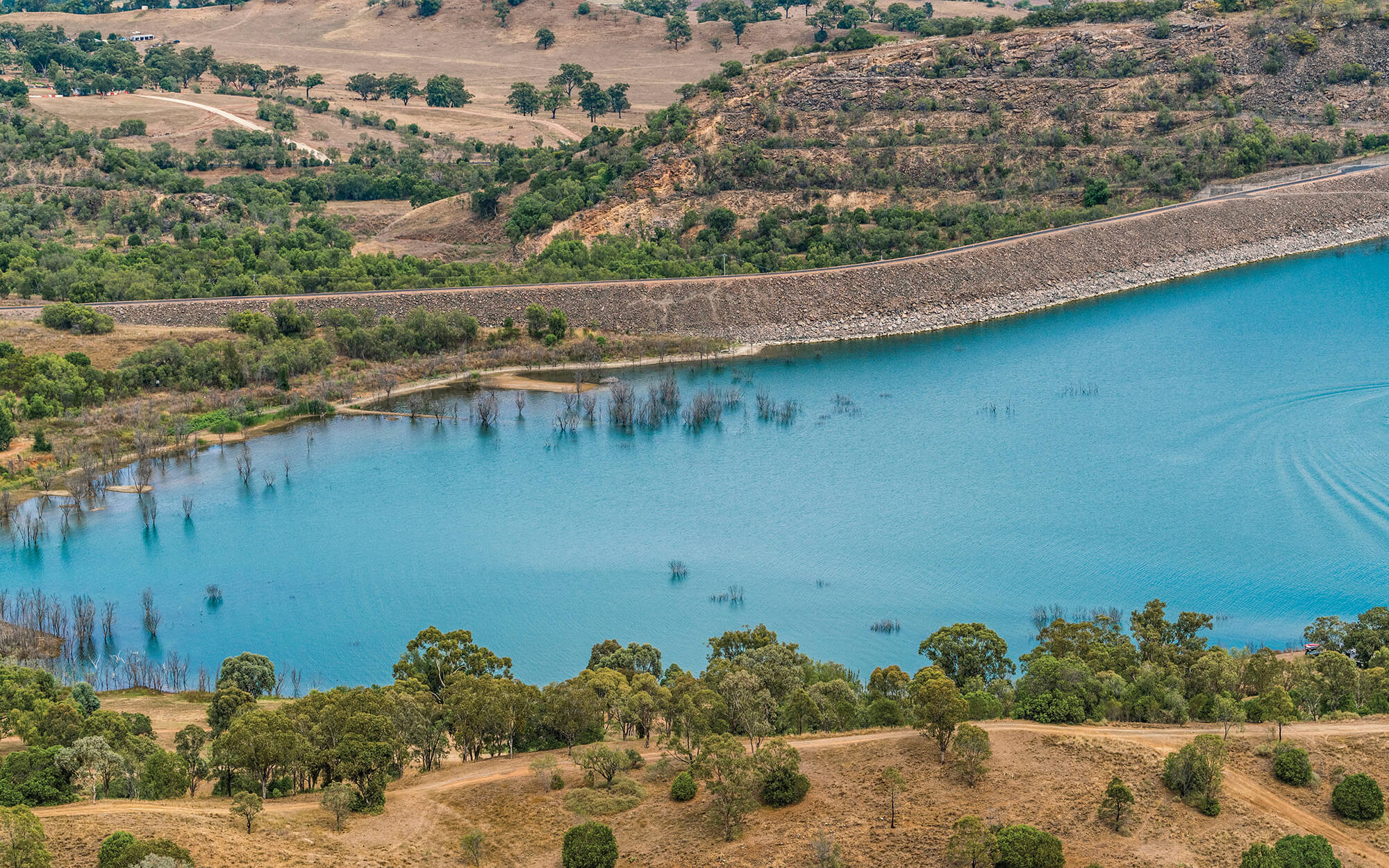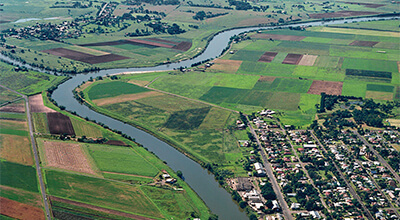The Greater Hunter Regional Water Strategy is designed to manage the region’s water needs over the next 30 years.
The strategy looks at existing and near-future risks to water security, and factors that could affect these risks. In particular, it looks at the risk of a drought worse than the worst drought on record and the effect it would have on the region’s water security.
The strategy outlines policy, planning and infrastructure options to improve water security within the Greater Hunter. It recommends the following actions:
- connect water supply infrastructure across the Greater Hunter, so that water can be transferred to areas of major growth and critical locations in times of drought
- investigate water reuse schemes for industry to increase the amount of water available
- give greater certainty to industries by preparing plans that sets out how water will be shared and managed during severe droughts
- work with AGL to manage their water requirements as it transitions from thermal power stations to renewables and contributes to the region’s economic diversification.
- improve environmental outcomes by placing less stress on rivers and groundwater during times of drought.
The NSW Government has adopted these recommendations and development of the business cases for the proposed pipelines has begun. The recommended infrastructure options will require adjustments to water sharing arrangements. These changes will be reviewed with the community.
The Greater Hunter Regional Water Strategy will inform future conversations and decisions about the direction of water management in the region.
Greater Hunter Region
- The Greater Hunter region covers the area to the east of the Great Dividing Range in NSW, from the Manning River catchment in the north to the Mangrove Creek and Mooney Mooney Creek systems in the south. It contains several water sources that are interconnected by water pipelines that allow water to be transferred between valleys.
- This region contains a range of industries and is home to around 1.1 million people. It also contains internationally significant wetlands in the Hunter River estuary.
- Approaches to managing water in the Hunter must address the needs of coal mining, power generation, agriculture, tourism, local communities and the environment.

